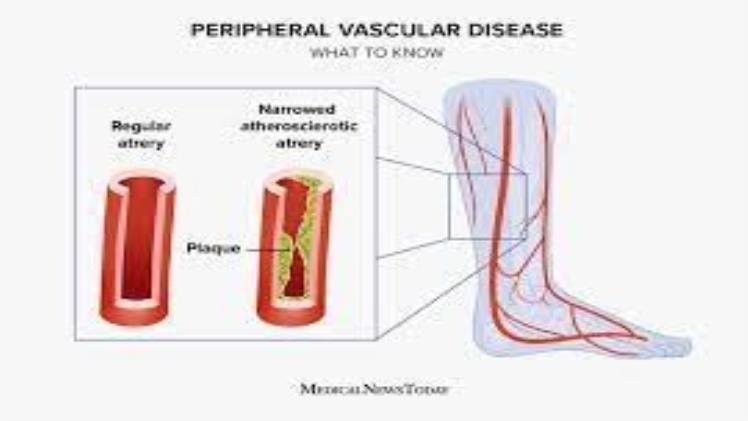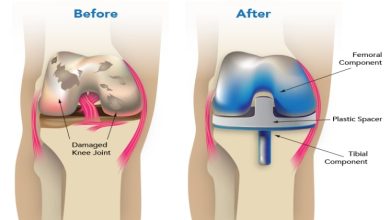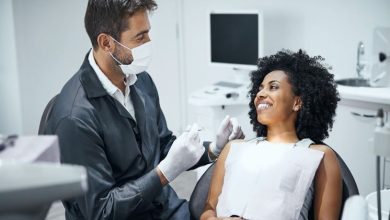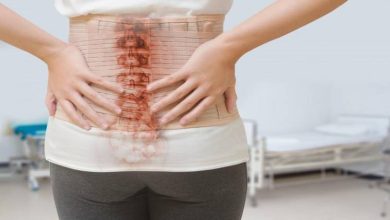Peripheral Arterial Disease: Symptoms, Causes, and Potential Complications

Peripheral Arterial Disease is a cardiovascular condition causing plaque buildup in the blood vessels. Some people do not experience symptoms at the early stages of the disease. However, a reduction in blood circulation can cause pain and health complications. Here are some crucial facts regarding symptoms, causes, and treatments for peripheral arterial disease El Paso.
What is peripheral arterial disease?
Peripheral Arterial Disease (PAD) is a condition where plaque accumulates on the walls of blood vessels. The process, also known as atherosclerosis, narrows arteries and limits blood circulation. The plaque consists of cholesterol and impurities.
The plaque deposits have a crusty exterior covering the softer interior. A break on the surface triggers platelets to move to the area. A clot may develop around the spot, causing the blood vessels to narrow further.
PAD typically occurs in the legs and occasionally arms, but it can affect other areas. Arteries in your limbs are more prone to circulatory problems since they carry the body’s weight.
A less common cause of PAD is blood vessel inflammation. A leg injury may damage arteries and force arteries to constrict.
High blood pressure, obesity, smoking, and diabetes can increase your risk of developing the condition. Eight in 10 patients have hypertension, which increases the risk of PAD-related inflammation.
Common symptoms of PAD
The most recognizable sign of Peripheral Vascular Disease is leg pain. It often occurs when engaging in strenuous physical activities. A reduction in blood circulation depletes the oxygen supply to muscles in your limb. The condition is known as claudication and varies in severity between patients.
Claudication usually affects the calf muscles, but you may experience pain in your thighs and buttocks. Intermittent claudication is when pain progressively increases when walking. The discomfort in your calves may force you to stop after walking for some distance.
Symptoms of PAD may also include:
- Numbness or loss of sensation in your limbs
- Sores that take a long time to heal
- Painful cramps in the thigh, calves, or hips
- Hair loss or skin color changes on the site
PAD and potential health complications
PAD can have far-reaching implications on your health, especially if it progresses to advanced stages. The pain may impact your productivity and lower your quality of life.
The constriction of blood vessels diminishes the supply of nutrients to the arteries. If there is an infection, it will damage tissues on the site. You may develop open sores that take a long time to heal. In extreme cases, it can lead to amputation of the affected toes or limbs.
Since plaque deposits constrict blood vessels, there is a risk of cardiac arrest. Diabetic patients are more susceptible to heart problems due to PAD. Therefore, routine screening for PAD is advisable to minimize incidences of cardiac death.
Lifestyle adjustments like adopting a healthy diet can reduce PAD symptoms. Your doctor may request angiography or ultrasound to diagnose your cardiovascular health. Treatment options may include medication to prevent clotting or procedures that dissolve blood clots.
Call Desert West Vein & Surgery Center or schedule your PAD consultation online today.




